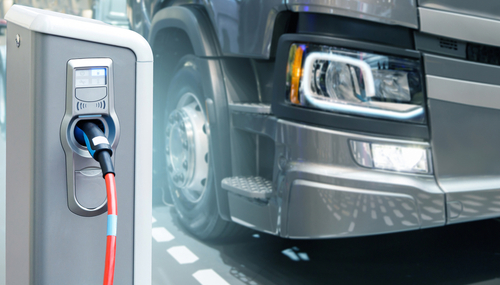Environmental Defense Fund report tags proactivity in investments, legislation, and tools crucial to zero-emission trucks

In a report spanning 10 recommendations, the Environmental Defense Fund (EDF) recently identified how policymakers can successfully transition the country to zero-emission medium and heavy-duty electric vehicles over the long term.
“We need to ensure utility decisionmakers have the tools and authority to quickly and cost-efficiently build the infrastructure that will power the next generation of American trucks,” Cole Jermyn, report author and attorney of energy transition for EDF, said. “The energy transition is going to require significant electrification growth, and having these solutions in place will be a major advantage for any state aiming to meet ambitious truck electrification and climate goals.”
Much of it comes down to being proactive in investments, but the EDF recognized that would need to be paired with minimizing the risk and total cost to ratepayers, lest things get out of hand. Collaboration will be key to that picture, and the report called for state regulators to work with utilities to get ahead of electricity demand growth. It also pushed for incentivizing grid expansion based on forecasts.
Current grid capabilities are insufficient to support fully electrified truck and bus fleets at a scale needed for effectively cutting the world’s pollutants. While fleets can move swiftly, incorporating new vehicles and chargers within months, utilities dragging their heels can hurt, as the report noted that new grid upgrades for those trucks and buses can take upwards of five years or more. However, current regulatory processes require utilities to wait for specific requests to expand charging infrastructure, baking delays into the system.
The discrepancy could prove costly.
As a result, the report called for regulators and utilities alike to factor in projected medium and heavy duty vehicle electrification growth for their future plans. This need not come at major cost, either, as the EDF determined that utilities can cover the cost of infrastructure upgrades needed for fleet charging without raising electricity rates for their consumers.
